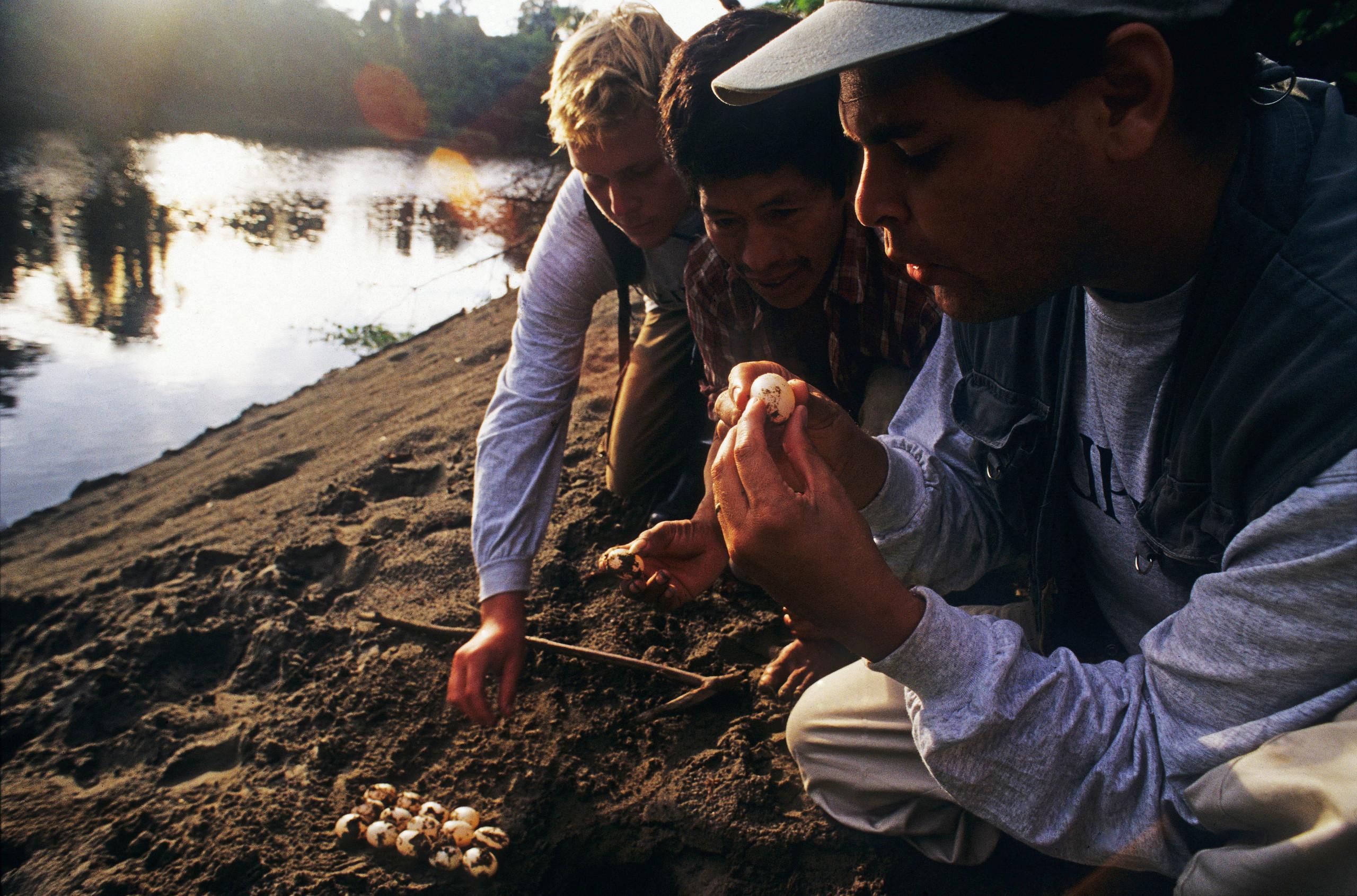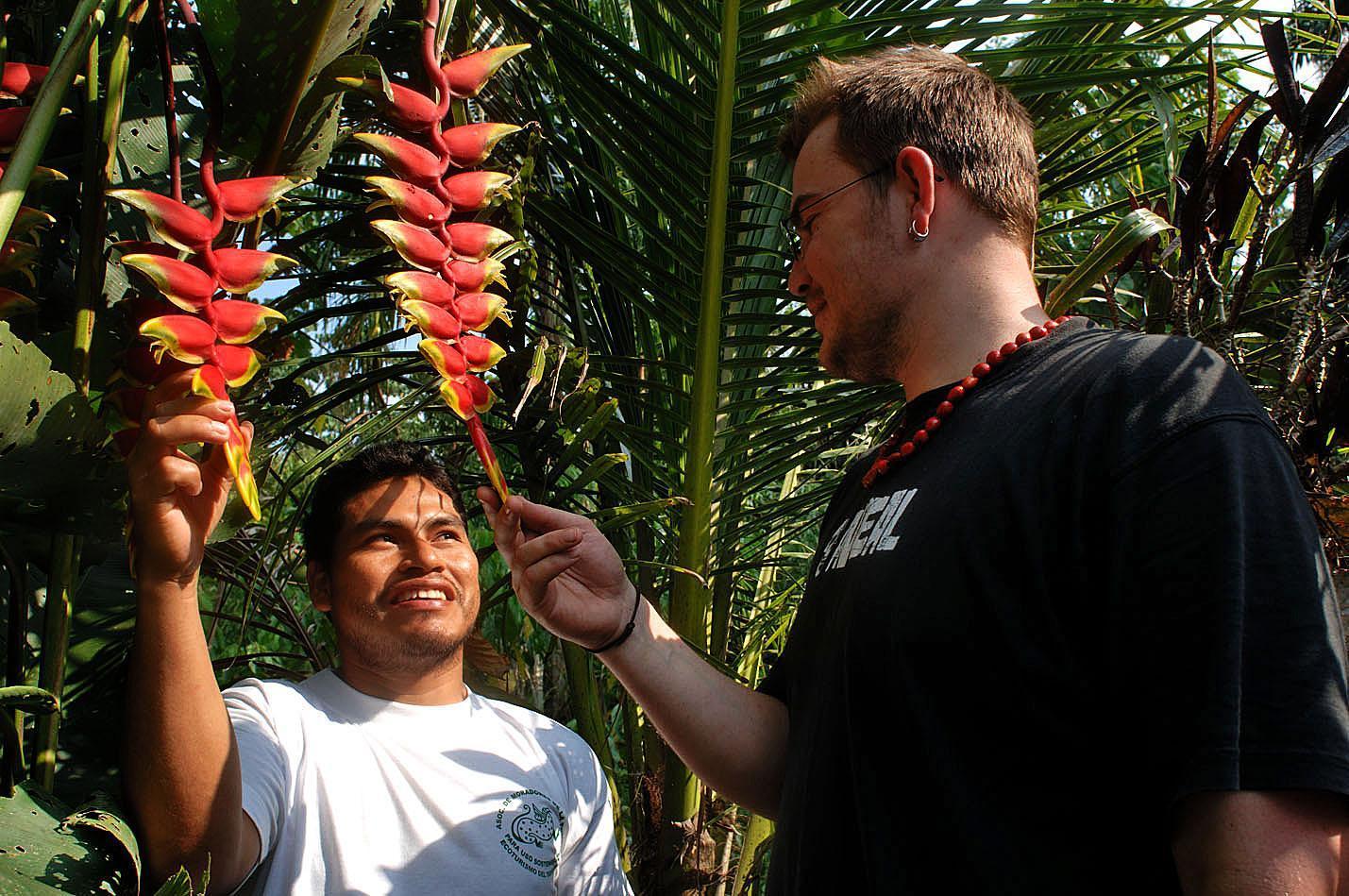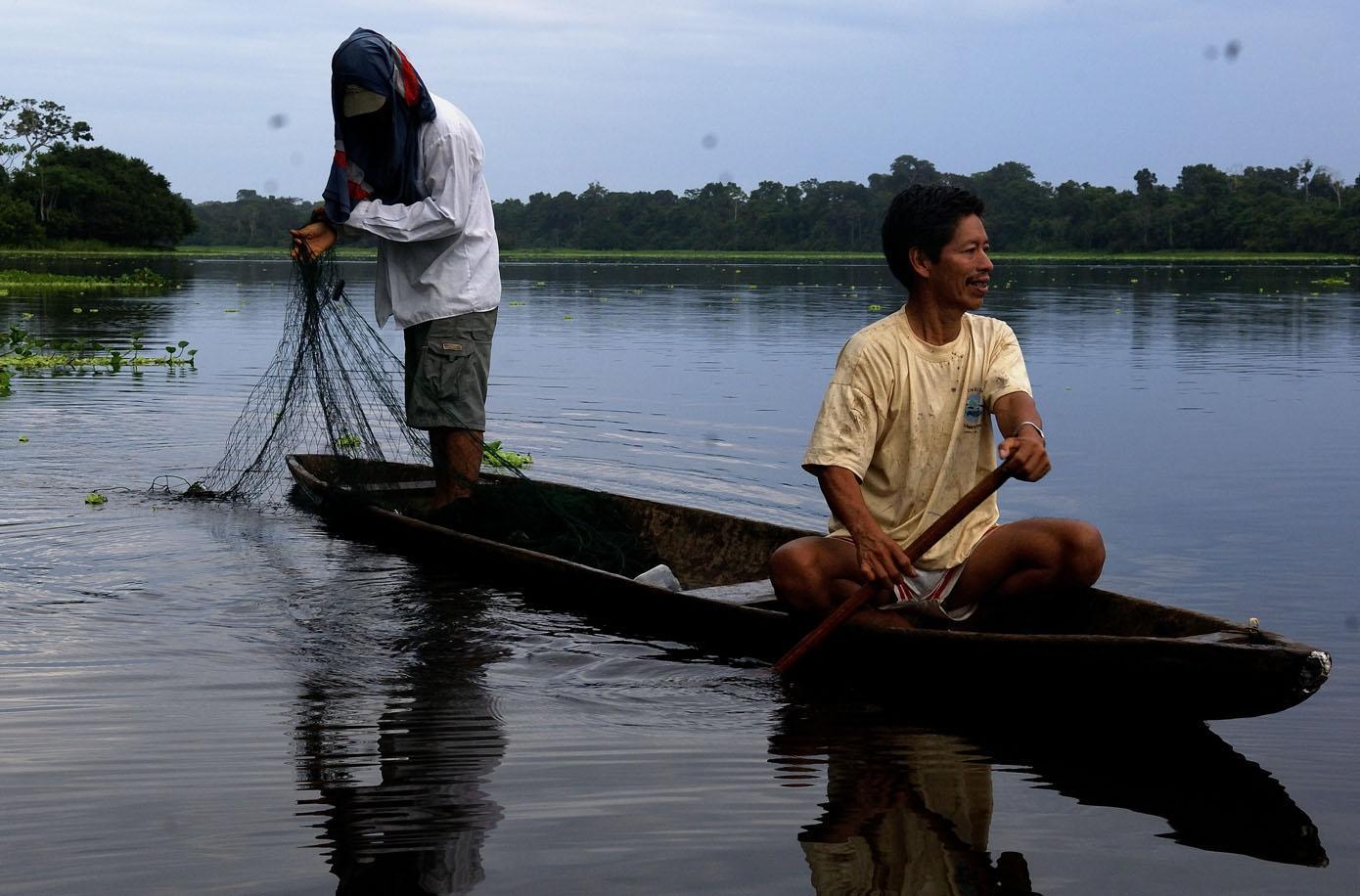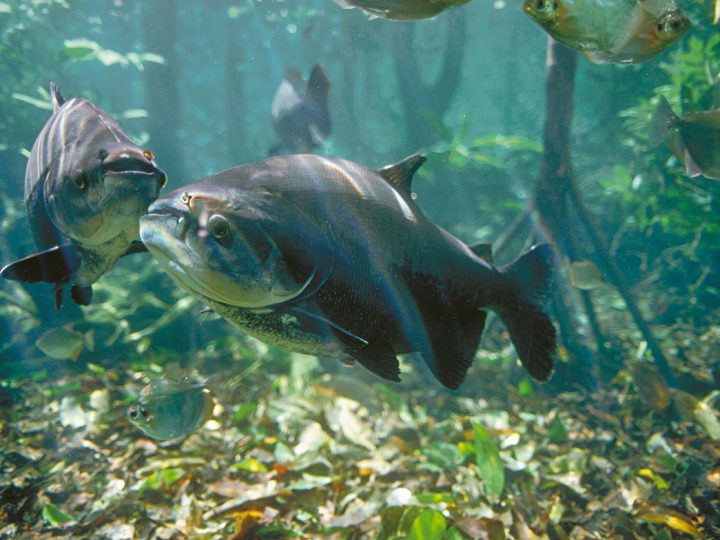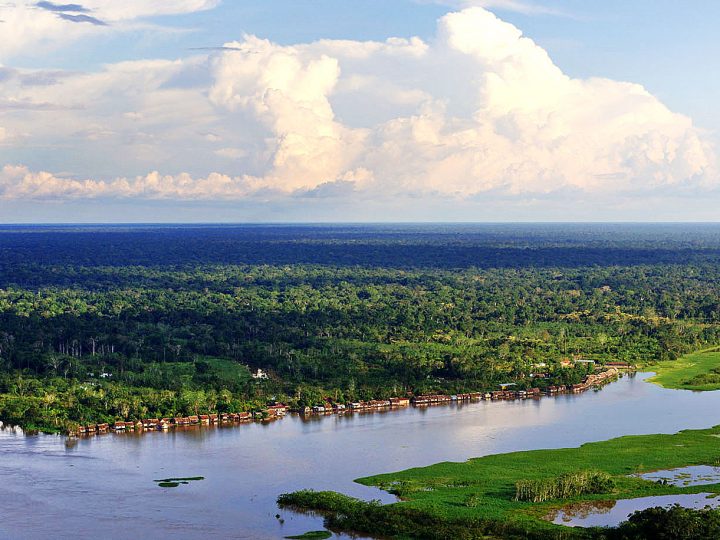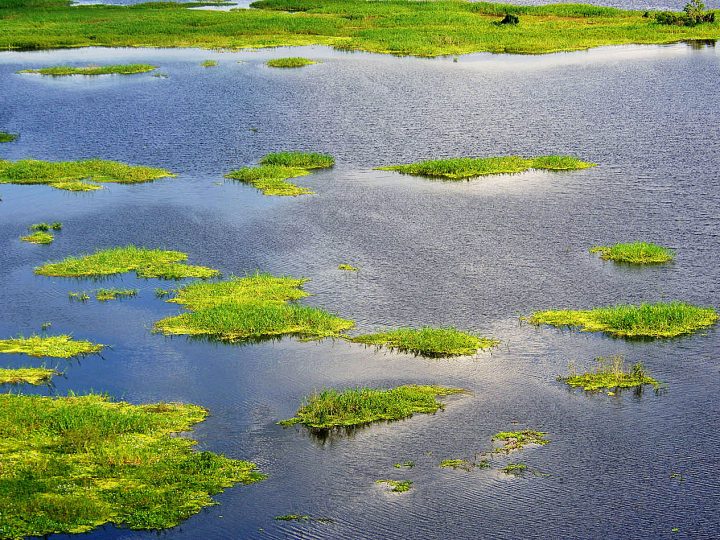About 400 indigenous peoples live in the Amazon, which is why it is said that this is an indigenous territory that was demarcated by deities who also established social order. There, in the largest tropical forest in the world, sacred knowledge and practices have regulated the relationship among man, nature, and natural resources since ancient times. Hundreds of years later, peasants from other regions began to colonize the Amazon and transform it based on their own customs. In 1992, the United Nations Conference on Environment and Development (held in Rio de Janeiro) noted the importance of the participation of indigenous peoples and local communities in decision-making on the environmental management of their territories. In the Amazon, science and traditional knowledge have been used in parallel.
Michael Goulding, an aquatic ecologist who has investigated this region for more than forty years, explains that the knowledge obtained about the Amazon thus far is only partial since different approaches have been used for research, but not comprehensively. “In natural sciences, species and specific aspects have been studied, such as their life cycles, but not their relationship with forms of life in human communities. In anthropology, the traditional knowledge of peasants and indigenous people was recorded, but the species were not studied. Furthermore, the research was done on small scales that did not include the ecological context of the great Amazonian ecosystem,” says Goulding.
In the 1980s, large-scale issues such as fish migration began to be researched in order to understand the ecological connectivity of the basin; that is to say, to understand how their different elements are interrelated and have a positive or negative impact on rivers, wetlands, forests, animals, and, of course, human populations. The knowledge of indigenous people, peasants, and riverside residents stopped being just an object of study. “It is local communities who are the ones who know the region that they live in,” says Michael Goulding, “that is why it is possible to understand the ecological connectivity of the Amazon only through their knowledge. It is thanks to them that we now know how the migration of fish or birds or tree life cycles occur.”
The participation of local communities goes even further. Essential research to obtain data for planning and organizing the territory is now done along with the communities, who help identify and define what types of data need to be collected and where to keep the data. Thus, quantitative and qualitative information is obtained that allows for understanding how a small area in the Amazon (in Putumayo, Ucayali, or the Rio Negro region) fits in with that great jungle. For example, it is about understanding the impact of upstream on downstream.
At that moment, local and scientific knowledge meet each other, and we realize how complex this territory is in so many ways: the vast distances that must be traveled from one settlement to another, a geography marked by vegetation and rivers or political-administrative divisions. Added to these characteristics are the dynamics of local communities, many of them interested only in what is happening within their own region. However, explains Goulding, when researching about a common resource, such as water or fish (fishing is one of the traditional ways of life in the Amazon, both for their own consumption as well as income generation), they open spaces for dialogue and reaching agreements that benefit the management of the basin.
Science can also alert local citizens about current or possible impacts on their own territories resulting from infrastructure projects or the effects of deforestation or river pollution. Informed decision-making on these matters begins there. “What scientific and local knowledge allows for identifying how certain decisions can affect (urban and rural) communities and ecosystems, and make more appropriate decisions in any intervention process in the territory based on that evidence. It is an exercise in not only learning about the feasibility of building a dam in a given area, for example, but also about developing large-scale hypotheses that aim to anticipate the risks of such building. Successful management of the Amazon Basin requires a perspective that understands that any change in ecosystems has synergistic impacts at the basin level; and in this type of process, the governance of communities is also necessary,” says Michael Goulding.
It should be noted that, like science, local knowledge is not static. The United Nations Educational, Scientific and Cultural Organization (UNESCO), in its publication titled Local knowledge, Global Goals (from the Local and Indigenous Knowledge Systems programme), affirms that the same dynamics in nature (variable, unpredictable, and changing) lead local residents (indigenous peoples) to redirect their practices, teachings, and knowledge from generation to generation; and in that sense, “they are similar to science, defined by the scientific method, and not as a determined set of data that would inevitably become obsolete.”
Faced with the challenge of harmonizing conservation, sustainability, and development in the Amazon Basin, its management requires local and scientific knowledge. This consists of integrated management that includes the knowledge, practices, and vision of the future of the local communities that have inhabited it since ancient times, and at the same time that observes its planning and management on a large scale (not only ecological but also political, administrative or economic).
***
On September 9, Michael Goulding received the 2020 Parker/Gentry Award in honor of his more than forty years of work on behalf of the conservation of the Amazon Basin. This award is given each year by the Field Museum of Natural History in Chicago to “an outstanding individual, team, or organization in the field of conservation biology whose efforts have had a significant impact on the preservation of natural heritage in the world, and whose actions and approach can be an example for others.” The Scientific Committee, responsible for choosing the winner, highlighted Dr. Michael Goulding’s holistic approach to the Amazon conservation, an approach that integrates the diverse local communities and includes the social, environmental, and institutional factors that have an impact on its management.
Written by Carolina Obregón Sánchez
Consulted sources:
http://aguasamazonicas.org/la-iniciativa/manejo-de-cuencas/
https://www.cepal.org/sites/default/files/news/files/folleto_amazonia_posible_y_sostenible.pdf
http://www.unesco.org/new/fileadmin/MULTIMEDIA/HQ/SC/pdf/ILK_ex_publication_ES.pdf
https://sites.google.com/fieldmuseum.org/nature-is-still-open-chicago/parkergentry-ceremony
https://news.mongabay.com/2020/09/why-the-health-of-the-amazon-river-matters-to-us-all-an-interview-with-michael-goulding/

